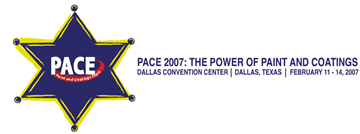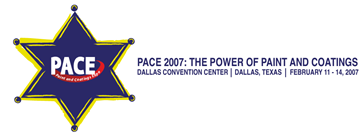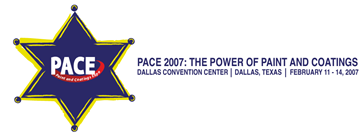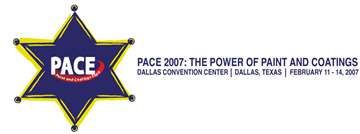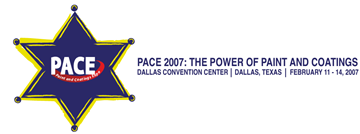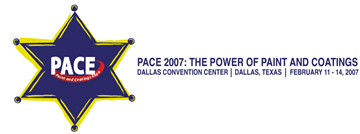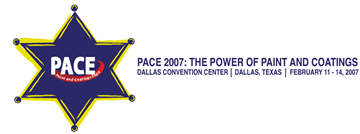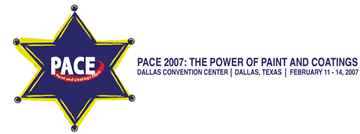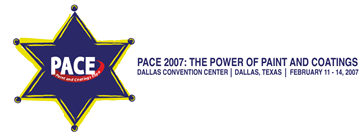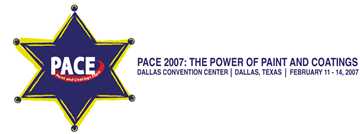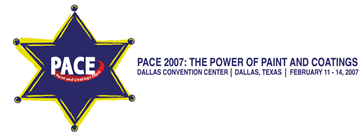Search
Products tagged with '2007 Conference Papers'
View as
Sort by
Display
per page
Completion of Phase 1 of the Single Coat Research Program
Product Number:
41207-347-SG
Publication Date:
2007
$20.00
Concrete Construction Troubleshooting Tips
Product Number:
41207-394-SG
Publication Date:
2007
$20.00
Concrete Evaluation for Coating and Lining
Product Number:
41207-344-SG
Publication Date:
2007
$20.00
Concrete Surface Preparation, Using UHP Water Jets
Product Number:
41207-381-SG
Publication Date:
2007
$20.00
Cool Roofs: How and Why They Generate Energy Savings
Product Number:
41207-322-SG
Publication Date:
2007
$20.00
Cost Effective Surface Preparation for Coating Performance, Corrosion Protection and Long Service Life
Product Number:
41207-376-SG
Publication Date:
2007
$20.00
Curing Temperature Effects on Standard Cure Epoxies and low Temperature Cure Epoxies
Product Number:
41207-349-SG
Publication Date:
2007
$20.00
Data Management for Coating Inspection Gauges
Product Number:
41207-330-SG
Publication Date:
2007
$20.00
Deriving Value from Coating Inspection Data
Product Number:
41207-301-SG
Publication Date:
2007
$20.00
Ductile Iron Pipes-Inorganic Zinc Application Project Review
Product Number:
41207-340-SG
Publication Date:
2007
$20.00
Evaluation of a Crude Oil Loading Berth for Maintenance Coating
Product Number:
41207-353-SG
Publication Date:
2007
$20.00

